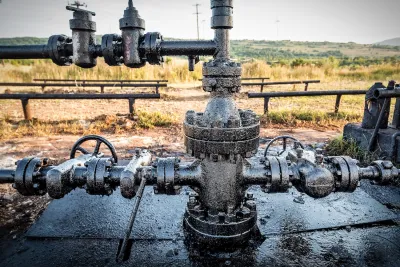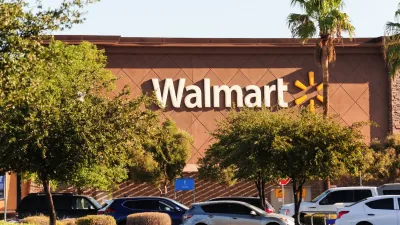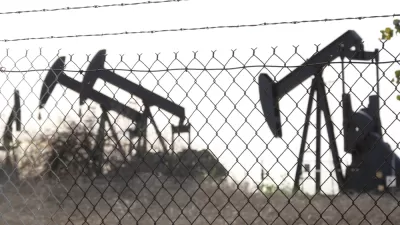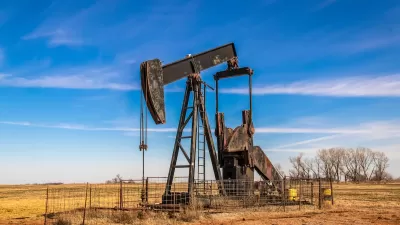A new USGS study reveals that more than half of the nation’s documented orphan wells lie within aquifers supplying the vast majority of U.S. groundwater, posing widespread risks of contamination from aging, unplugged infrastructure.

A new study by the U.S. Geological Survey offers the first national geospatial analysis of how orphaned oil and gas wells — unplugged and ownerless — may threaten major aquifers across the United States. Researchers examined over 117,000 documented orphan wells and found that more than half are located within aquifers that supply 94 percent of the country’s groundwater, raising serious concerns about contamination from aging, failure-prone infrastructure.
The study highlights specific regions at high risk, including Pennsylvania and the broader Appalachian basin, where many of the country’s oldest wells were drilled and where well casing failures are more likely. Gulf Coast aquifers, which include contamination-prone wetlands and open water areas, and densely drilled areas of California’s Central Valley and coastal zones also emerged as high-vulnerability zones. In central Oklahoma, the Ada-Vamoosa aquifer has the highest concentration of orphan wells per square mile.
Researchers recommend that policymakers and groundwater managers use this mapping as a tool to prioritize monitoring, remediation, and further local investigations. With tens of thousands of additional orphan wells added to federal datasets in recent years — and more being discovered — the threat to drinking water sources is growing. The findings underscore the need to accelerate well-plugging efforts and consider groundwater protection as a central concern in energy transition and land reuse strategies.
FULL STORY: Scientists Map Where Orphan Wells Threaten Aquifers in the U.S.

Planetizen Federal Action Tracker
A weekly monitor of how Trump’s orders and actions are impacting planners and planning in America.

San Diego Adopts First Mobility Master Plan
The plan provides a comprehensive framework for making San Diego’s transportation network more multimodal, accessible, and sustainable.

Walmart Announces Nationwide EV Charging Network
The company plans to install electric car chargers at most of its stores by 2030.

Seattle Builds Subway-Sized Tunnel — for Stormwater
The $700 million ‘stormwater subway’ is designed to handle overflows during storms, which contain toxic runoff from roadways and vehicles.

Feds Clear Homeless Encampment in Oregon Forest
The action displaced over 100 people living on national forest land near Bend, Oregon.

Is This Urbanism?
Chuck Wolfe ponders a recommended subscription list of Substack urbanists and wonders — as have others — about the utility of the "urbanist" moniker.
Urban Design for Planners 1: Software Tools
This six-course series explores essential urban design concepts using open source software and equips planners with the tools they need to participate fully in the urban design process.
Planning for Universal Design
Learn the tools for implementing Universal Design in planning regulations.
City of Moorpark
City of Tustin
Tyler Technologies
City of Camden Redevelopment Agency
City of Astoria
Transportation Research & Education Center (TREC) at Portland State University
Regional Transportation Commission of Southern Nevada
Toledo-Lucas County Plan Commissions





























